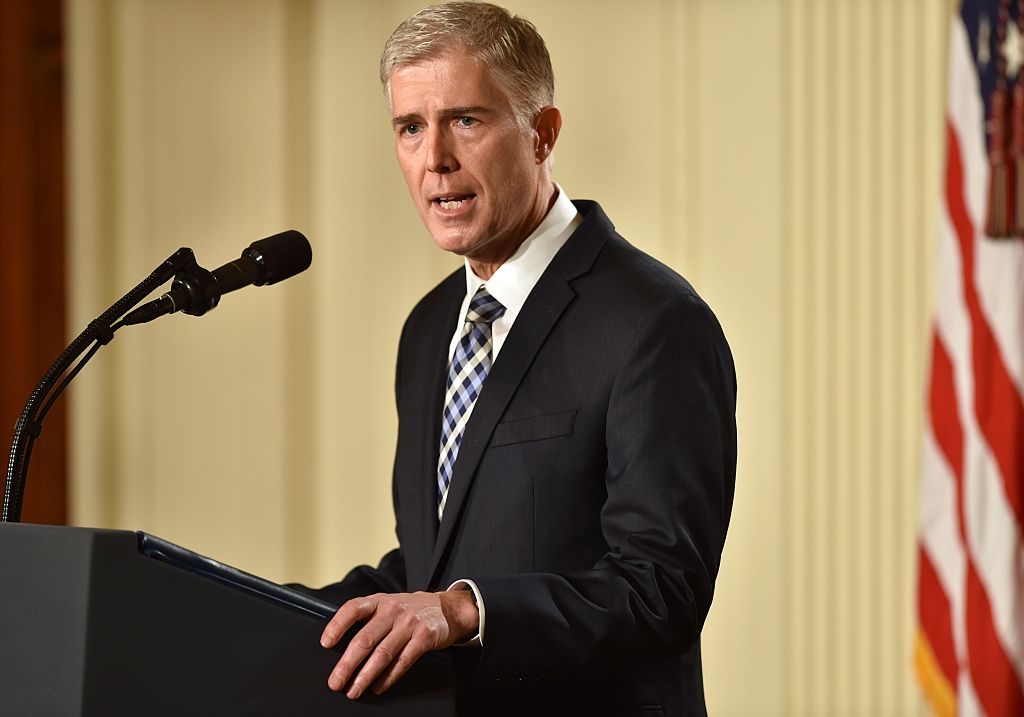Shaking up the Senate
Republican senators implement the nuclear option to vote Judge Neil Gorsuch to the Supreme Court
April 26, 2017
Ever since U.S. Supreme Court Judge Antonin Scalia passed away in the Feb. of 2016, the debate on how to fill his seat has been a hot topic in the recent political climate. President Trump selected his nominee: Judge Neil Gorsuch.
Historically, the nomination of a Supreme Court Judge requires the nominee to receive a 60-40 majority vote from the Senate. The Republicans however, only have a 52-48 majority in the Senate. Due to this lack in the Senate, the Republicans suggested an idea that became known as “the nuclear option.”
This plan would break the Democratic filibuster by reducing the amount of votes needed to elect a judge from 60 to 51, effectively securing Gorsuch’s nomination. The Republican party successfully pushed this plan on April 6, one day before the Senate vote took place.
Because of this controversial option, Neil Gorsuch is our newest Supreme Court judge. What this means for the future of federal legislation is unclear. Gorsuch’s views on many issues are vague.
Neil Gorsuch considers himself a proponent of originalism and textualism in interpretation of the U.S. Constitution. This is our only clue into how he may tackle the issues of today, because his public opinions are very vague and limited.
Issues such as gay marriage and abortion rights are some examples of what the Supreme Court may be discussing in the near future, which are among the most debated issues of current politics. Gorsuch will be playing a pivotal role in deciding the future of legislation on these issues.
Neil Gorsuch has become one of the most important people in the United States, and will become a major factor in deciding our country’s political direction in the near future.















